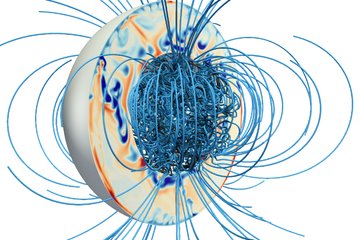All genres
61.
Talk
BELA Laser qualifying a reliable source for planetary missions. Workshop on Laser Sources for LIDAR Applications, Weßling (2014)
62.
Talk
The Variability of Suprathermal Pickup He+ Measured with SOHO/CELIAS/STOF. AGU Fall Meeting, San Francisco, USA (2014)
63.
Poster
Retrieval of h2 from laser altimetry. Workshop in Geology and Geophysics of the Solar System, Petnica, Serbia (2018)
64.
Poster
Retrieving the planetary h2 tidal Love number from laser altimetry data. 1st IUGG Symposium on Planetary Science, DLR Adlershof, Berlin, Germany (2017)
65.
Poster
Retrieval of Mercurys h2 from BepiColombo Laser Altimeter data. European Planetary Science Congress, Riga, Latvia (2017)
66.
Poster
Retrieving the planetary h2 tidal Love number from laser altimetry data. Rocks \& Stars II, Göttingen, Germany (2017)











